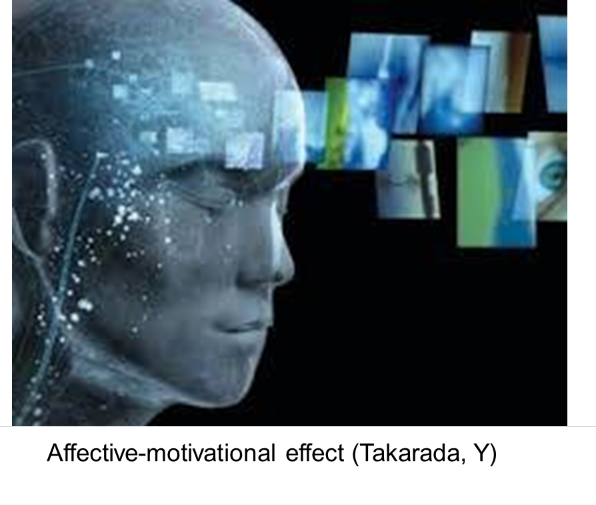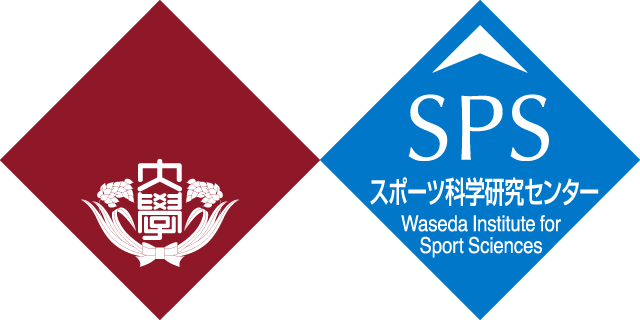- NEWS
- Unconscious goal pursuit strengthens voluntary force during sustained maximal effort via enhanced motor system state/無自覚的動機づけは運動システム活動の高進をともなって最大筋力を増強する
Unconscious goal pursuit strengthens voluntary force during sustained maximal effort via enhanced motor system state/無自覚的動機づけは運動システム活動の高進をともなって最大筋力を増強する

- Posted
- 2024年12月4日(水)
Abstract
Maximal voluntary force is known to be enhanced by shouting during sustained maximal voluntary contraction (MVC) via the enhancement of motor cortical excitability. However, whether excitatory input to the primary motor cortex from areas other than the motor-related cortical area induces muscular force-enhancing effects on the exertion of sustained maximal force remains unclear. Therefore, by examining MEPs※1 to TMS※2 during sustained MVC and assessing handgrip force, the present study aimed to investigate the effects of subliminal goal-priming with motivational rewards on the motor system. The findings revealed that when combined with visible rewards stimuli, invisible priming of an action concept increased the maximal voluntary force and reduced the silent period. This is the first study to report a link between the muscular force of subliminal reward-goal priming during MVC and the enhancement of motor system activity through subliminal reward-goal priming operating on the motor system, possibly through the potentiated reward-linked dopaminergic system activity.
運動目標と報酬信号を対呈示(連合学習)させると、無意識に運動の準備が素早く力強くなり、その力強さが持続される。この筋力増強効果が運動システム活動状態の高進を伴って持続的な最大筋力発揮中にも確認された。
(1)Research Background
Maximal voluntary force is known to be enhanced by shouting during sustained maximal voluntary contraction (MVC) via the enhancement of motor cortical excitability. However, whether excitatory input to the primary motor cortex from areas other than the motor-related cortical area induces muscular force-enhancing effects on the exertion of sustained maximal force remains unclear.
(2)Findings
This is the first study to report a link between the muscular force of subliminal reward-goal priming during MVC and the enhancement of motor system activity through subliminal reward-goal priming operating on the motor system, possibly through the potentiation of activity of the reward-linked dopaminergic system.
(3)Methods developed
Subliminal reward-goal priming for strengthening voluntary force during sustained maximal effort via enhanced motor system state
(4)Research implications to the society
In practice, many people experience emotional ups and downs when working out at the gym or undergoing rehabilitation at a rehabilitation institute. To achieve the same desired outcomes under such variable emotional conditions, the present findings suggest that gym and sports trainers and/or physical therapists, in addition to coaches, may be able to provide people with more positive advice and surroundings to elicit positive affective responses at their facilities by making use of the muscular force-potentiating effects of unconscious goal pursuit on a sustained fatiguing voluntary contraction including maximal force production via the presentation of positive words combined with the representation of a particular behavior with or without awareness, because they should sometimes make one last effort as they accept their limitations, regardless of exercise load.
(5)Future issues
I do not know to what exact extent that unconscious information processing involves in neural activity in the limbic circuit, a puzzle that remains to be solved. A future study should investigate the effects of unconscious goal pursuit on the limbic circuit using functional magnetic resonance imaging.
(6)Researcher’s Comment
The present findings revealed that barely visible goal-priming with motivational rewards resulted in a decreased silent period during sustained maximal force production and elevated handgrip maximal voluntary force. The elevated handgrip maximal force may have been caused by decreased motor cortical suppression during maximal effort induced by the additional drive of unconscious goal pursuit functioning on the motor system, possibly through the enhancement of reward-associated dopaminergic system activity. These findings indicate that an additional drive operating on the primary motor cortex (M1) has a motor cortical fatigue-diminishing effect during sustained maximal force production. In other words, the activity of the M1 during maximal force production in fatiguing maximal effort is affected by not only events in the M1 itself, but also input in one of the segmented basal ganglia (BG)-thalamocortical circuits to the M1.
(7)Terminology
※1 Motor evoked potential(運動誘発電位)
※2 Transcranial Magnetic Stimulation(経頭蓋磁気刺激)
(8)Journal Information
Journal: Heliyon
Title: Unconscious goal pursuit strengthens voluntary force during sustained maximal effort via enhanced motor system state
Authors and Affiliated Organisation: Yudai Takarada (Waseda University), Daichi Nozaki (The University of Tokyo)
Publishment Date(Local Time):30 October 2024
URL:https://doi.org/10.1016/j.heliyon.2024.e39762
DOI:10.1016/j.heliyon.2024.e39
(9)Research Grant
Research Fund:a Grant-in-Aid for Scientific Research (KAKENHI) [grant No. 21K11532 (Y.T.)] from the Japan Society for the Promotion of Science
Research Subject:The unconscious mental inhibiting process of human maximal voluntary contraction
Research Representative and Affiliated Organisation:Yudai Takarada (Waseda University)
